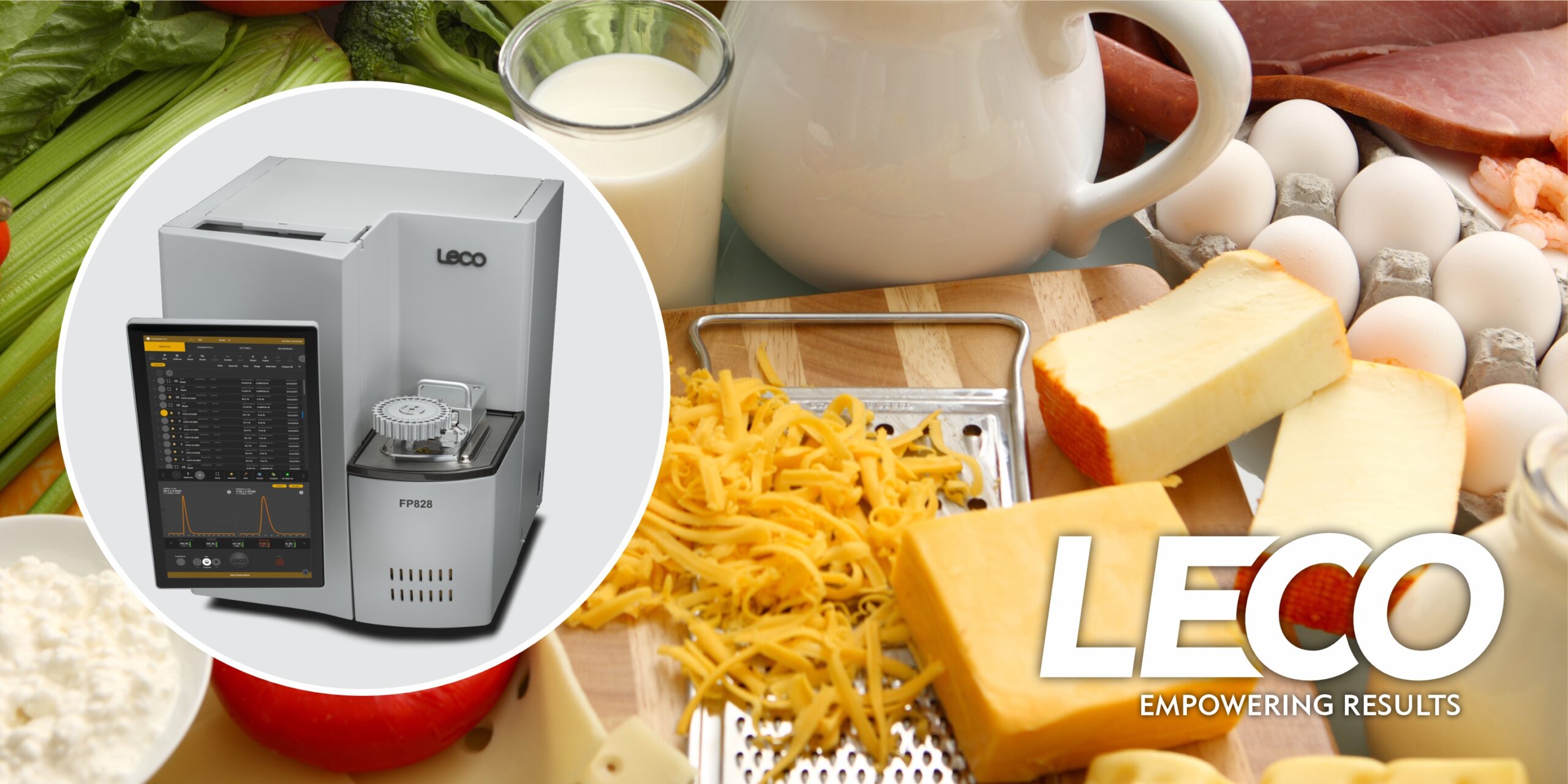Day 4 of the GCxGC Virtual Symposium did not disappoint! The topic of Safety and Security made for another great day of presentations. The quote of the day perhaps was „I like GCxGC because it casts a very broad net on your samples when employing non-targeted analysis strategies.“
Bob Nelson from Woods Hole Oceanographic Institute (WHOI) kicked off the day discussing target and non-targeted analyses by GCxGC. He gave a great talk on all of the information gained from GCxGC in his world of oil spill forensics. The resolution in some of those plots he showed today was nothing short of amazing!
Bob referenced a book about biomarkers during the round table discussion.
Carolyn Koester from Lawrence Livermore National Labs (LLNL) presented on her work on detection of chemical warfare agents and metabolites using GCxGC-TOF. She described how GCxGC takes a lot of the sample prep burden away since they come across some very challenging matrices. In addition, there can be a very large number of chemicals scheduled to be screened during any given study. Couple that with matrix complexity and a large number of compounds needing to be screened with their requirement for low detection limits, and GCxGC-TOF becomes a great option to tackle these challenges. We can all appreciate the work you’re doing Carolyn.
Bruce King of the U.S. Army gave a very engaging presentation on how they employ GCxGC to help develop ways to protect our military men and woman from chemical and biological threats. If you missed Bruce’s talk today and want to know why so much time was spent talking about his socks, be sure to watch the recording, which will be provided after the completion of the symposium.
In addition to our invited speakers, LECO applications chemists also gave a couple of informative presentations demonstrating specific features found in ChromaTOF software. Todd Richards gave an overview of the Identification Grading System (IGS) used in ChromaTOF for HRT to effectively prioritize your hits from the MS spectral library search, and Christina Kelly demonstrated the various types of filtering strategies that can be employed from within your peak tables.
We may have had too much fun at yesterday’s round table discussion, but we did it while being productive and getting through most of the questions which came in during the day.
Don’t miss the final day of the symposium, as we have another fantastic lineup, this time discussing environmental applications of GCxGC!




